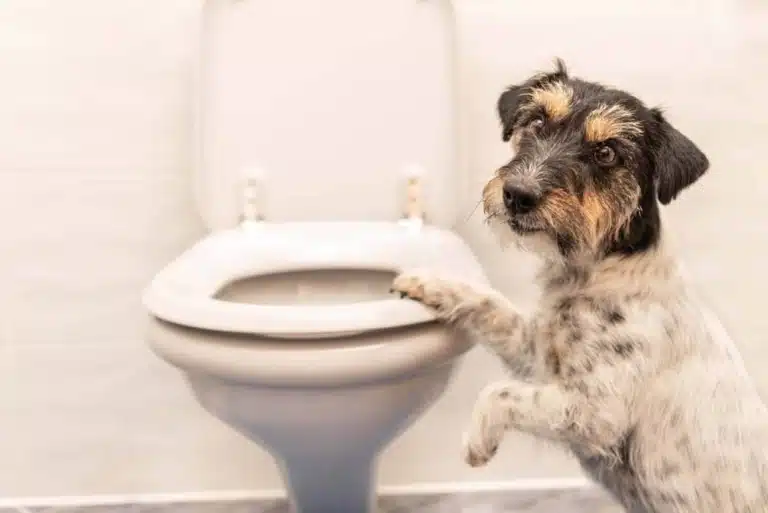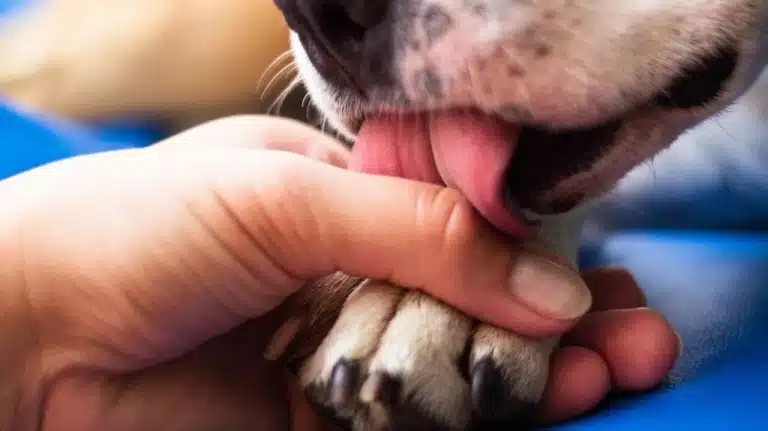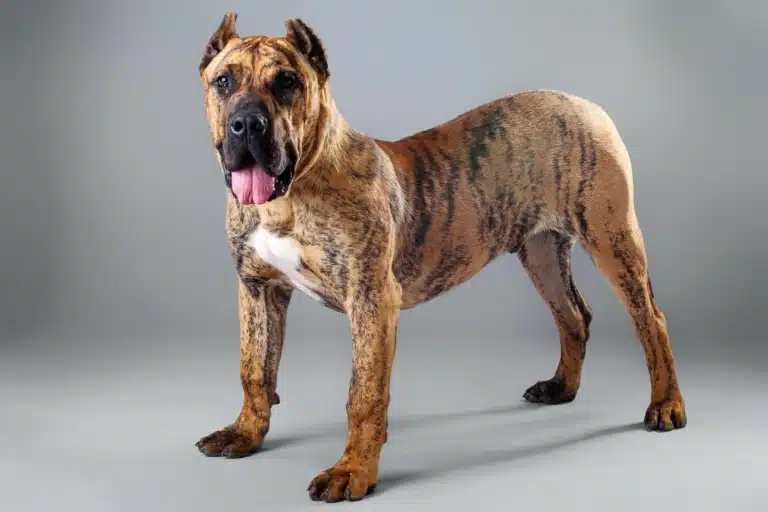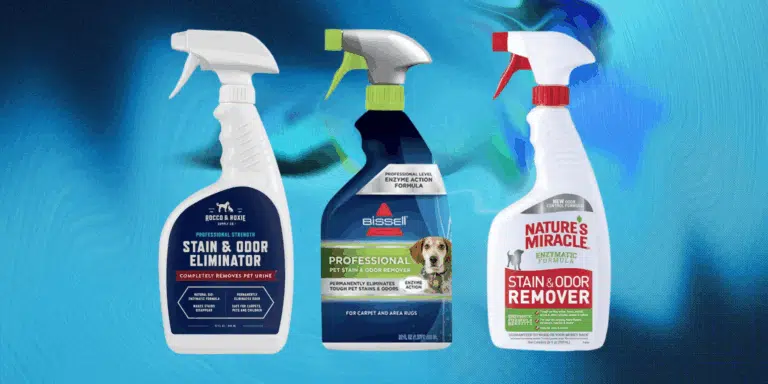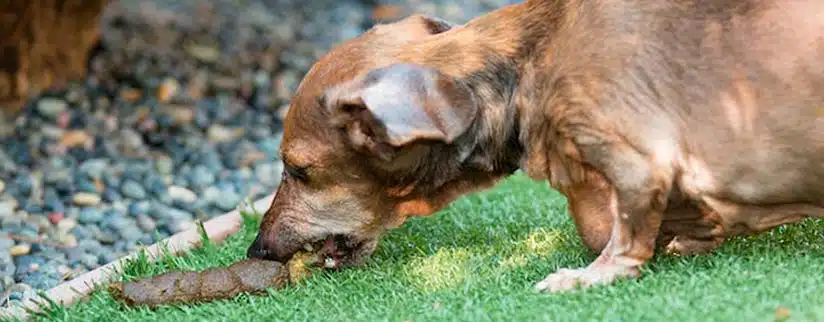
Dog feces is one of the most important indicators of their health, but many dog owners neglect this information. Regular observation of the appearance, consistency and other characteristics of feces can help to notice changes in the state of the animal’s body in time and avoid serious problems. Don’t be shy about discussing this aspect of dog care with your veterinarian, because proper care includes all aspects of health. So we were not ashamed and prepared an article on this topic for careful dog owners.
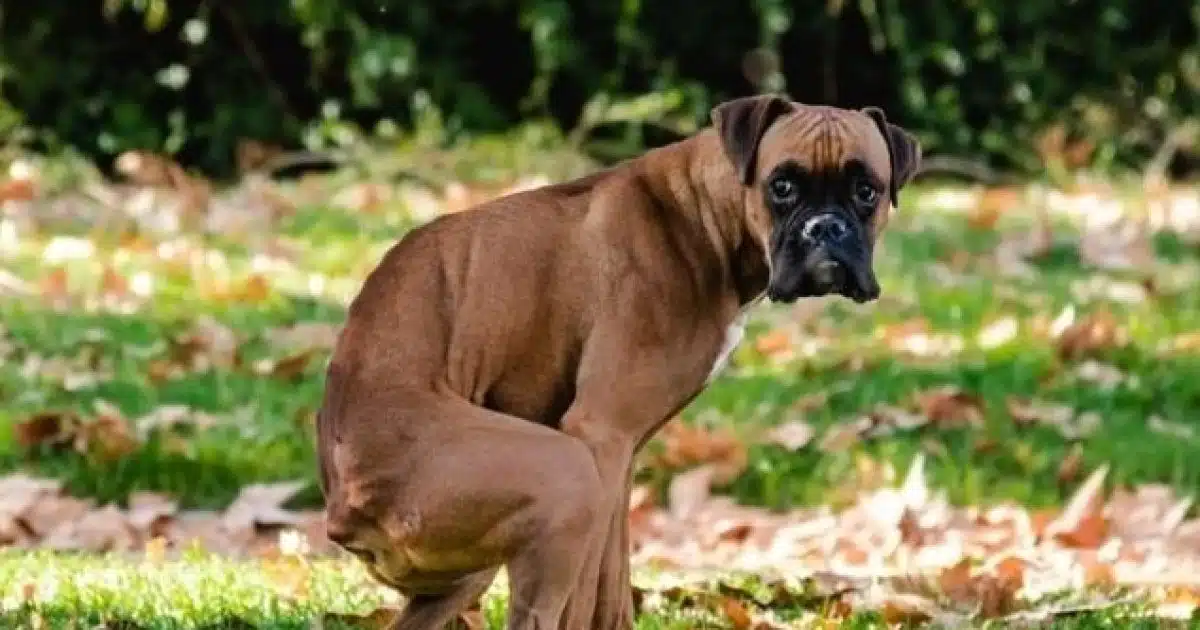
What is the norm?
Appearance
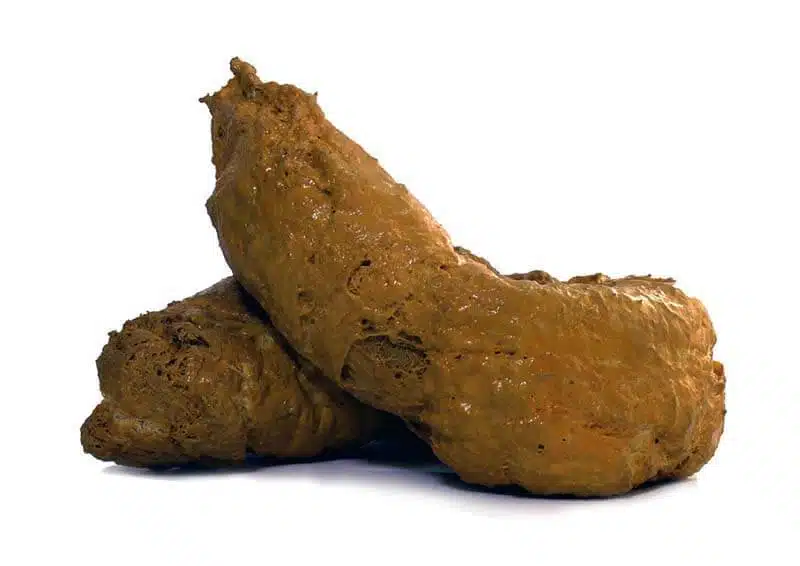
The feces of a healthy dog should be of a uniform dark brown color, resembling a sausage or a cylinder in shape. This color indicates normal digestion and a healthy diet. However, it is worth considering that some feed or nutritional supplements can slightly change the color of feces. For example, foods with a lot of fiber can lighten the feces, while a high meat content in the diet can give them a darker shade. An excessively dark or black color may indicate internal bleeding in the upper gastrointestinal tract.
Consistence
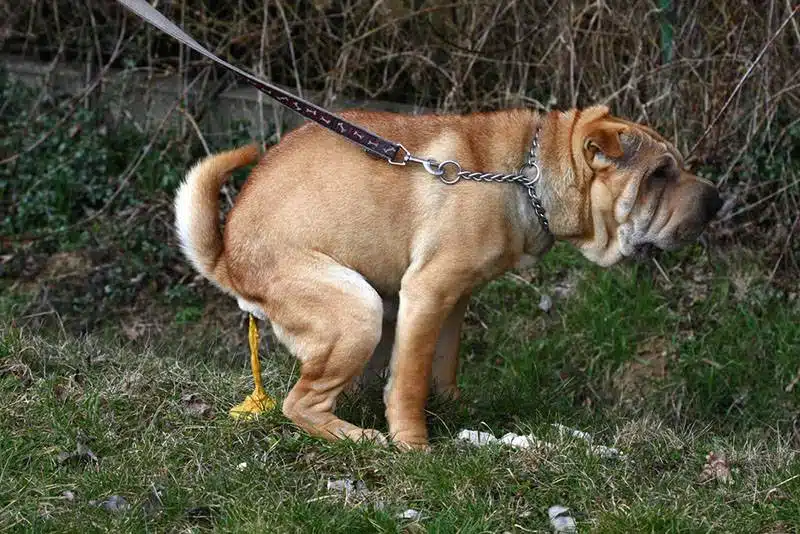
Normal feces should be firm, but not too dry. Ideally, they should hold their shape, but be soft enough to be easily collected. If the stools are too hard, this may indicate dehydration or insufficient fiber in the diet. On the other hand, loose or too soft feces indicate digestive problems, which can be caused by infection, a change in diet, stress, or even parasites.
Scent
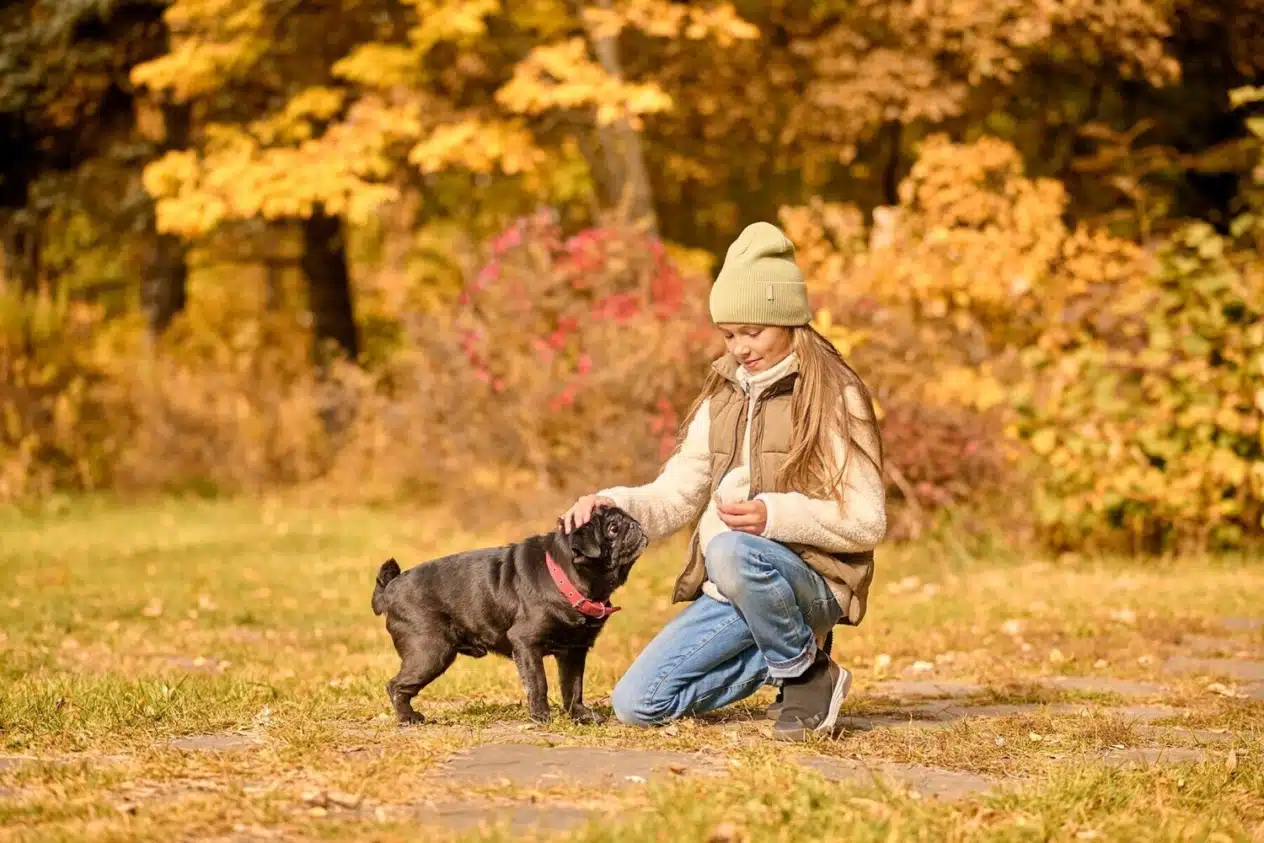
The smell of feces is another important indicator of a dog’s health. Although healthy stools have an unpleasant smell, it should not be too strong or sour. A too strong or unusual smell may indicate digestive problems, dysbacteriosis or the presence of infections in the intestines. In the case of such changes, you should pay attention to other symptoms and be sure to consult a veterinarian.
Signs of health problems
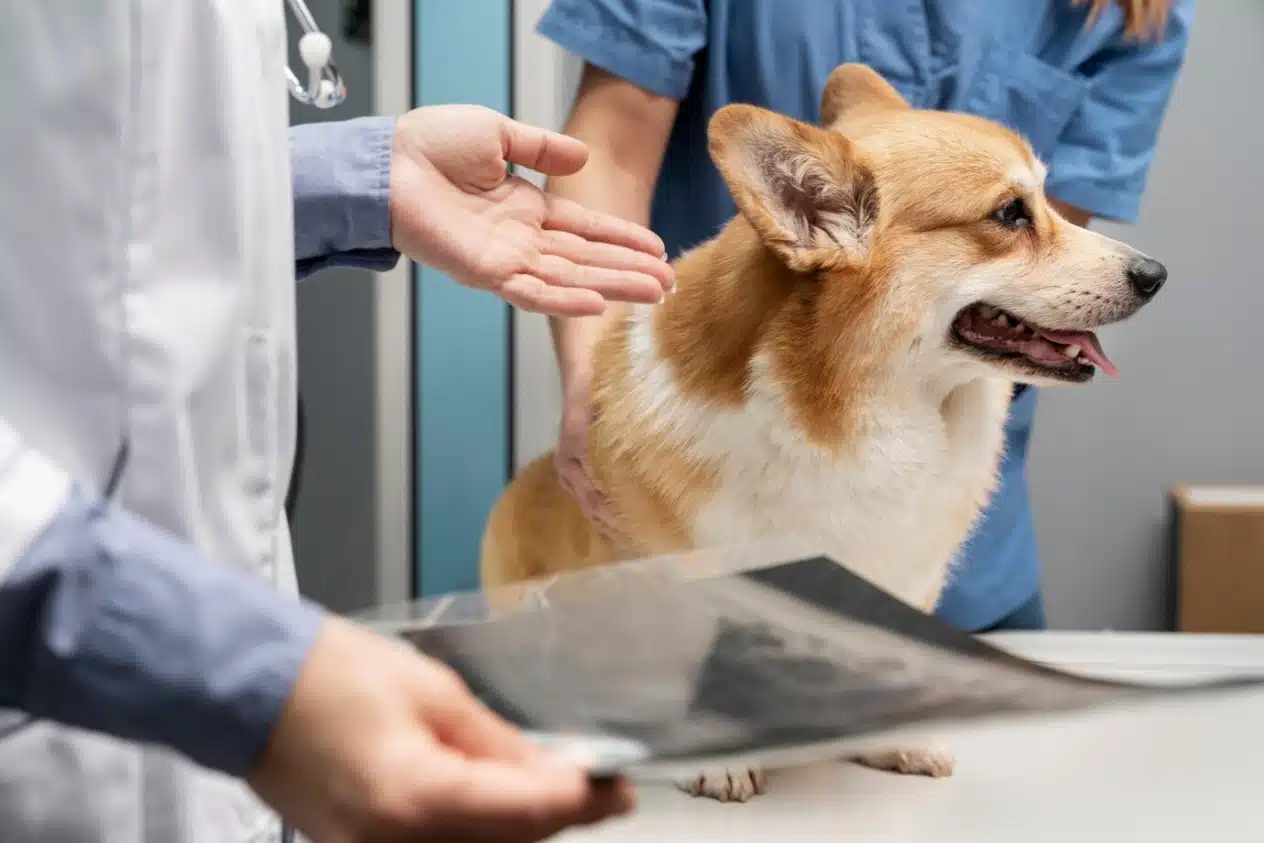
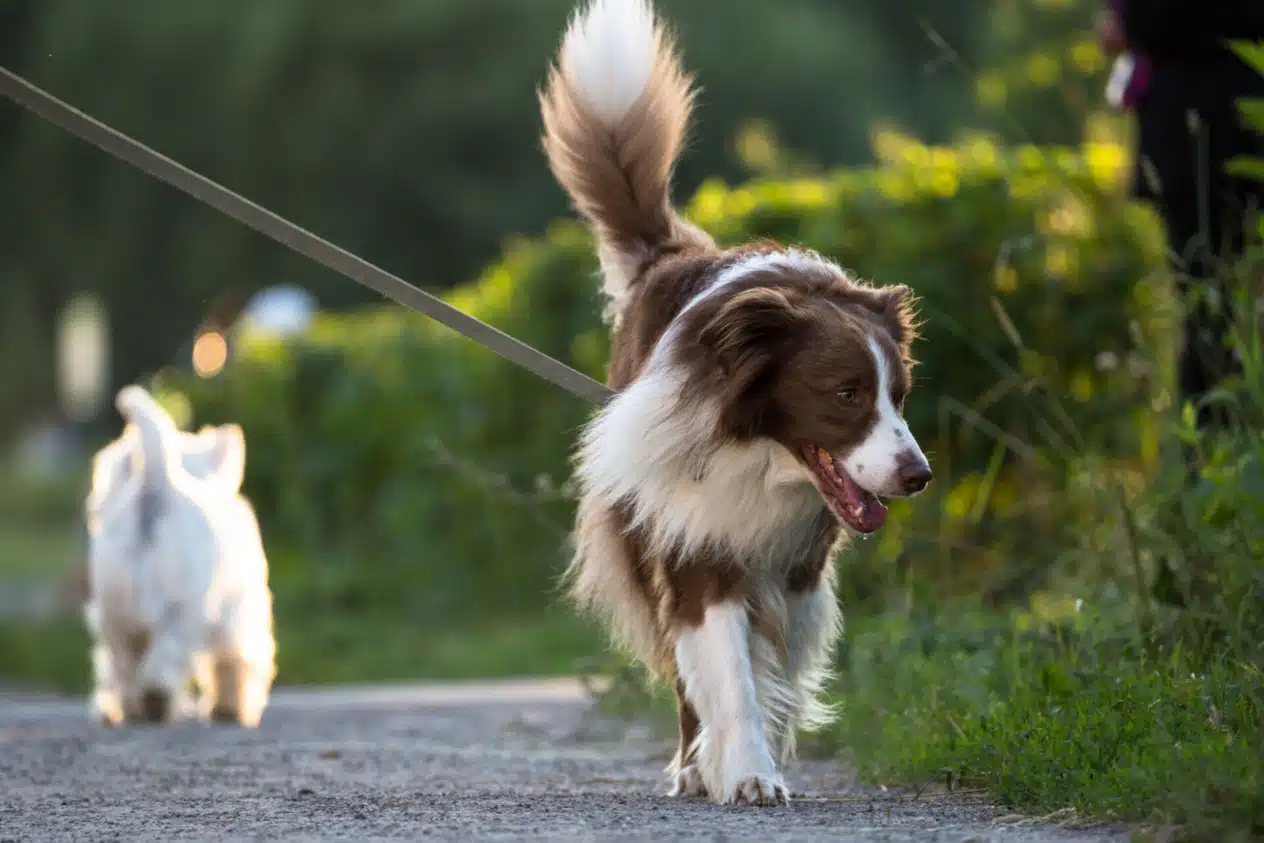
A change in the color of feces is one of the first and most noticeable symptoms of possible problems. For example, black feces may indicate the presence of blood in the upper gastrointestinal tract, which is a serious symptom and requires immediate veterinary attention. Green feces can be a sign of gall bladder problems or even poisoning. A red or pink color may indicate blood in the lower intestines or anal trauma, which also requires immediate specialist consultation.
The dog’s feces should be moderately hard. Loose or slimy stools are a clear sign of diarrhea, which can be caused by a number of factors, including infections, food intolerances, stress, or even parasitic infestations. On the other hand, too hard stools that come out with effort may indicate dehydration or insufficient fiber in the diet. Constant problems with the consistency of feces require additional examination.
Dogs usually defecate 1-2 times a day. A change in the frequency of bowel movements can also indicate problems. For example, having too frequent bowel movements may be a symptom of diarrhea or irritable bowel, while having too few bowel movements is a sign of constipation. If the dog defecates more often than usual or with difficulty, this is a reason to pay attention to other aspects of its health.
The presence of blood, mucus or undigested pieces of food in the feces are serious signals of problems in the work of the gastrointestinal tract. Blood can be a sign of internal bleeding or intestinal injuries, and mucus indicates inflammation or the presence of infections. In such cases, you should immediately consult a veterinarian for further diagnosis.
What causes changes in feces?
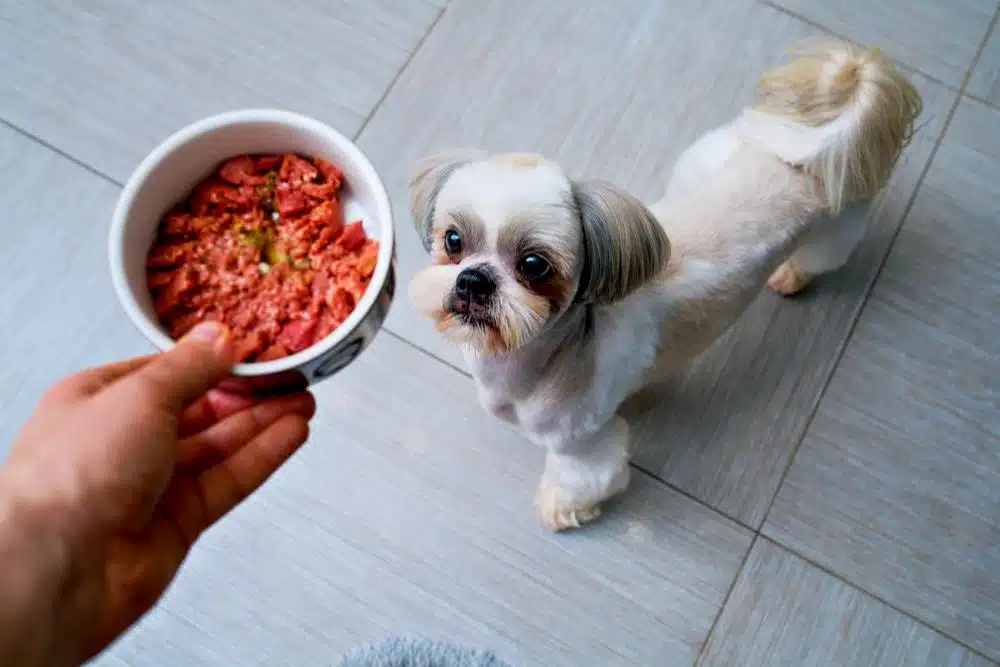
Food
A dog’s diet has a direct effect on the condition of its feces. If you change your food suddenly or introduce new ingredients, it can cause changes in the color, consistency and smell of your poop. For example, a diet rich in fatty foods can cause diarrhea, and a lack of fiber can cause constipation. The introduction of new food should be gradual so as not to shock the digestive system. It is important to provide a balanced diet that corresponds to the age, weight and physical activity of the dog.
Infections and parasites
Bacterial and viral infections can cause serious changes in stool, from diarrhea to bleeding. In addition, parasites such as worms or giardia often result in loose stools with mucus or even blood. Regular deworming and veterinary control will help avoid these problems and keep the dog healthy.
Stress
Dogs, like humans, can respond to stress with changes in digestion. Stressful situations, such as moving, the appearance of a new animal in the house or loud noises, can cause temporary disturbances in the work of the gastrointestinal tract. This often leads to diarrhea or irregular bowel movements. In such cases, you should provide the dog with calm conditions and pay more attention to it.
Other factors
Changes in dog stools can also be caused by medication. For example, antibiotics can affect the intestinal microflora, causing diarrhea. Also, exercise or insufficient water intake can lead to changes in the frequency and consistency of dog droppings.
How to properly collect and dispose of feces on the street and at home
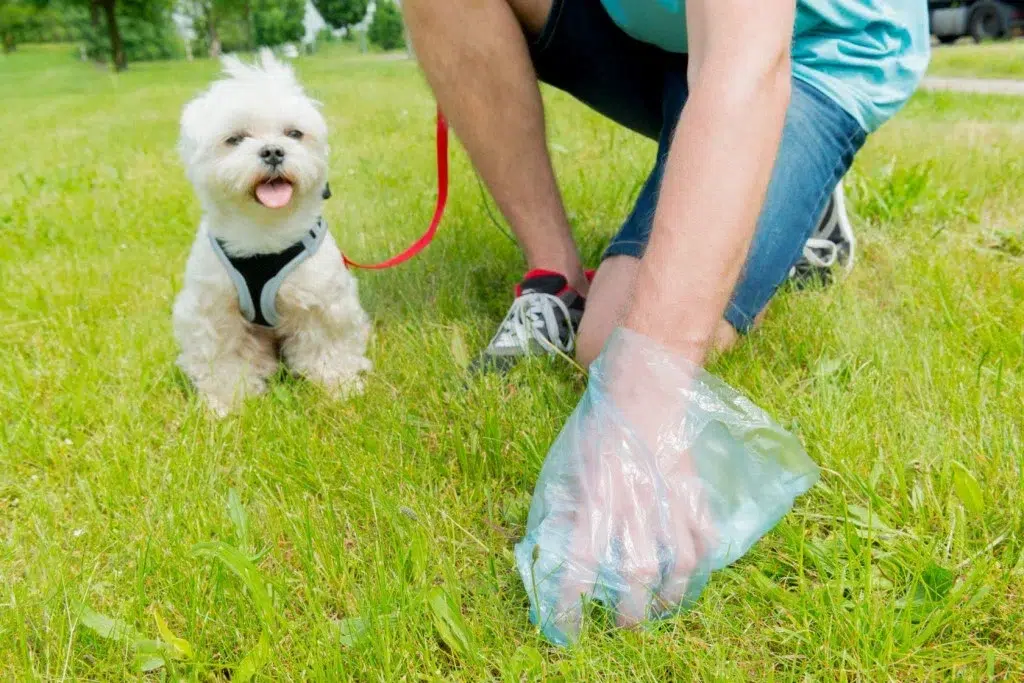
The importance of keeping clean
Picking up faeces while walking is not only the duty of a responsible owner, but also a matter of public culture and hygiene. Use special bags to collect faeces and always make sure that you leave no traces behind. Neglecting this simple rule can cause unpleasant situations with neighbors and even fines.
Disposal methods
At home, it is important to properly dispose of feces, especially if you live in an apartment. Use single-use, resealable bags and throw them in the trash. Remember to disinfect your hands and bag storage areas to avoid the spread of bacteria.
Ecological alternatives
From an environmental point of view, there are biodegradable bags for feces that are safe for the environment. Some owners also use composting methods, but it is important to remember that dog feces can contain pathogenic microorganisms, so this method must be carried out in compliance with all sanitary standards.
This approach guarantees a safe and clean environment for both the dog and the people around it.
The importance of a hygienic haircut
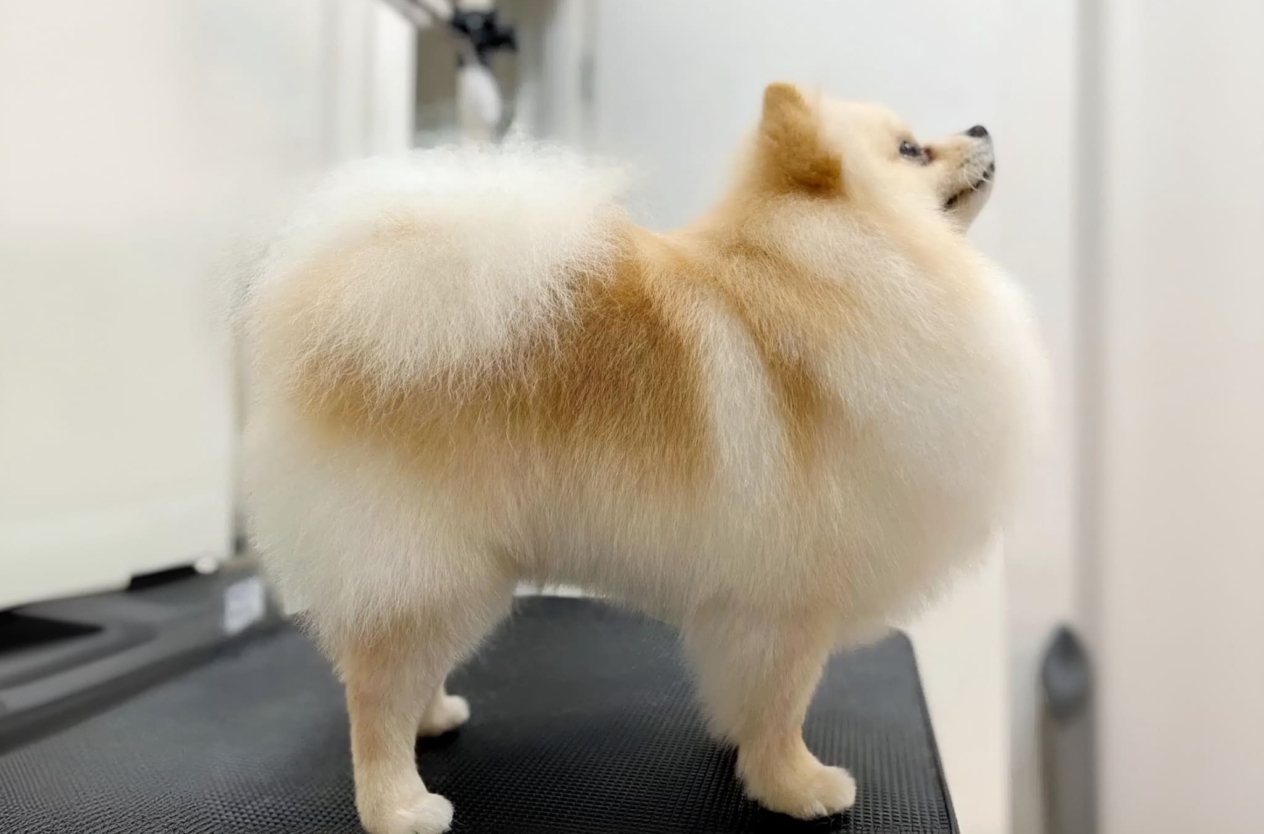
Regular hygienic trimming of the dog’s genital area is important for the overall health and cleanliness of your dog. The long hair in this area can get dirty quickly, especially during defecation, which poses a risk to the dog’s skin. Wool contaminated with feces can become a source of bacteria and cause irritation or infection. Trimming the hair around the genitals will help maintain hygiene.
This is especially important for long-haired dogs or those with thick coats, as contamination can go unnoticed. Haircut greatly facilitates the care of the animal and prevents the development of infections.
Conclusion


Regular observation of your dog’s feces can be important to detect potential health problems in the early stages. Paying attention to the color, consistency and smell of feces is an important component of responsible pet care. In addition, a hygienic haircut is an integral part of the general care of the dog, as it helps to maintain cleanliness and health. At V.O.G DOG SALON, we offer a professional hygienic haircut that will help your pet always feel comfortable and well-groomed. Do not forget about the importance of these procedures for maintaining the health of your Tail!

